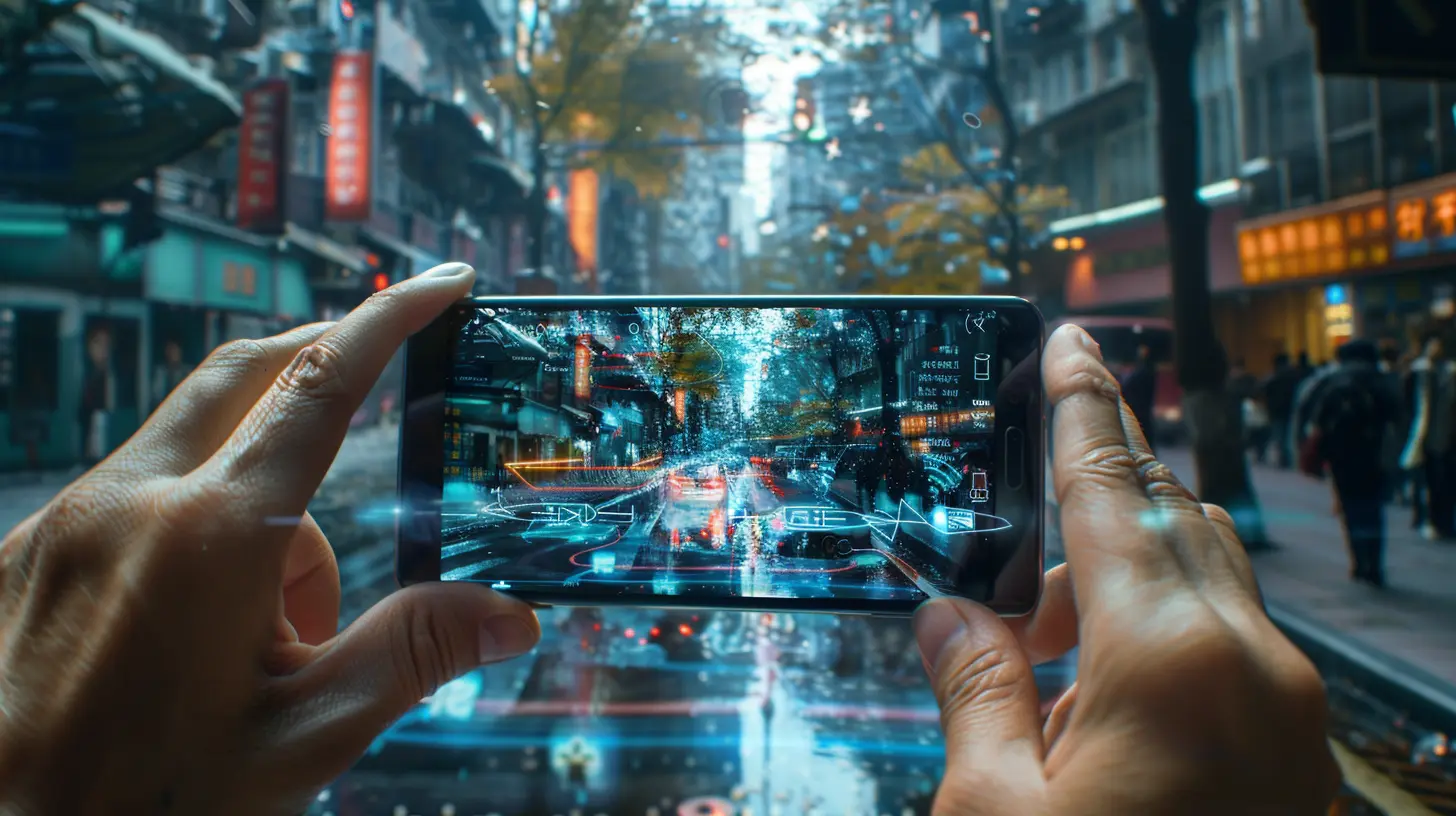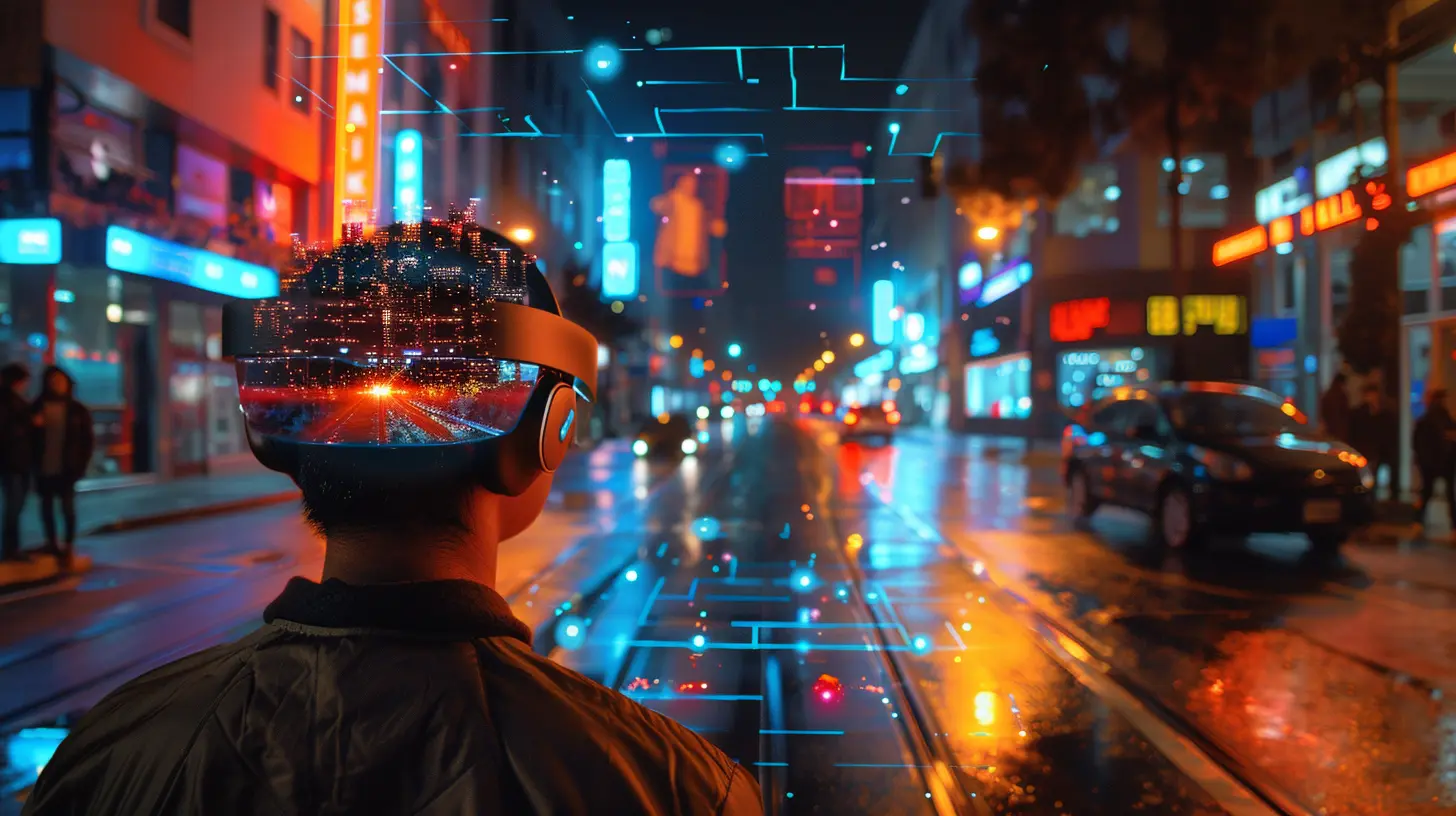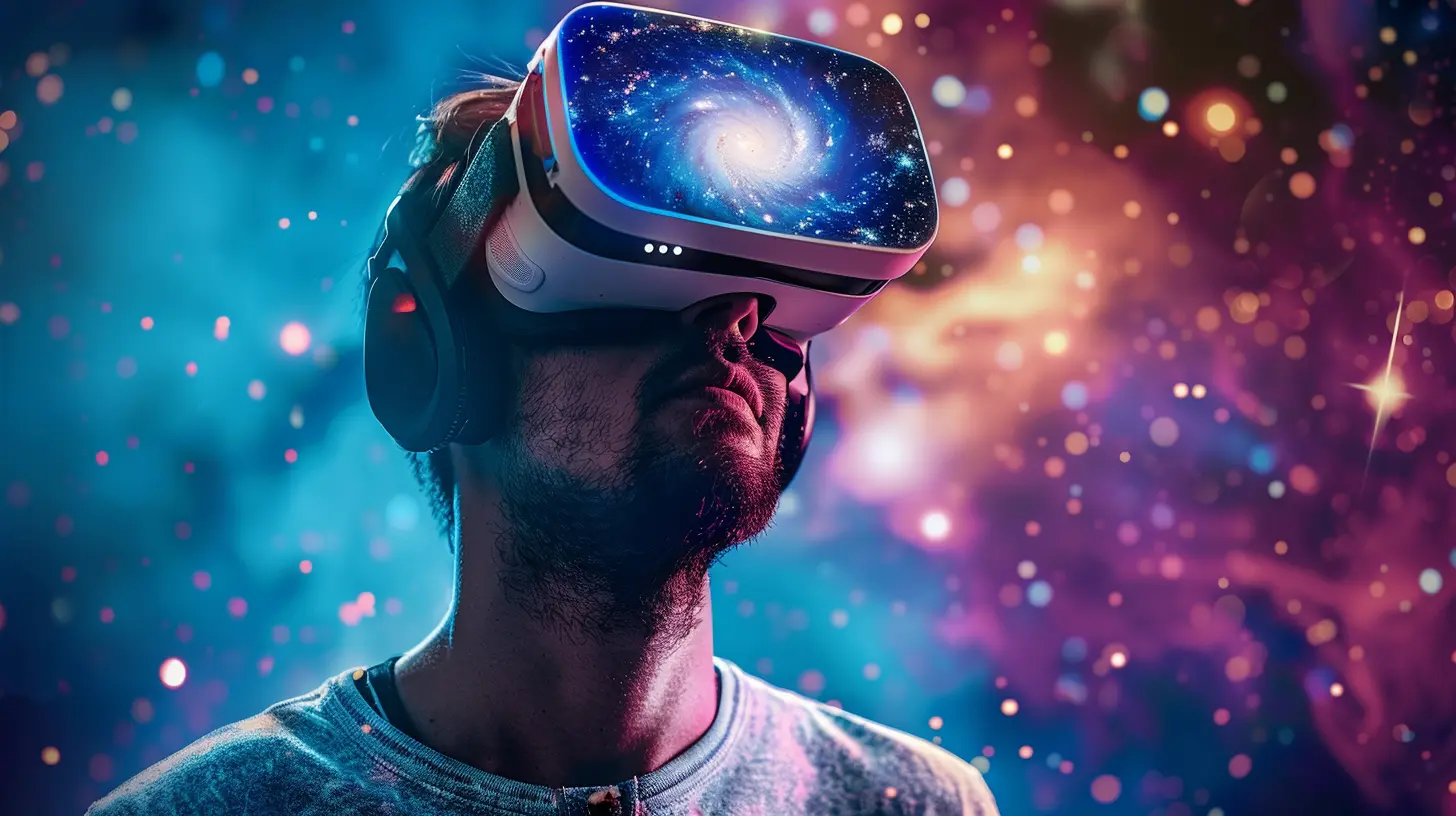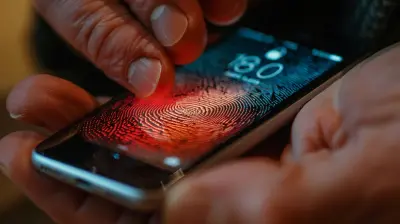The Intersection of Telecom and Augmented Reality
8 July 2025
Imagine calling your friend and having them pop up in your living room—almost like they’re right there with you. Or walking down a busy street and receiving real-time directions, restaurant reviews, or even Pokémon sightings, right in front of your eyes. Sounds wild, right?
Welcome to the intersection of telecom and augmented reality (AR). These two tech titans are shaking hands in ways that could fundamentally change how we experience the world. Think of telecom as the highway and AR as the supercar. Without that highway, well, you’re not going anywhere fast.
In this digital-age dance, AR depends heavily on telecom infrastructures like 5G, fiber optics, and edge computing to deliver real-time, immersive experiences. And as AR applications push boundaries, they’re nudging telecom into evolving faster than ever.
Let’s unpack this transformative partnership where bits meet optics, and reality becomes, well, augmented.
What is Augmented Reality (AR), Really?
First, let’s get on the same page—what is AR?Simply put, AR overlays digital content onto the real world using devices like smartphones, AR glasses, or even car windshields. It’s different from virtual reality (VR), which builds a whole new world. AR enhances the one you’re already in.
Whether it’s Snapchat filters, Google Maps' Live View, or IKEA’s app that lets you place furniture in your room virtually, AR is already here—and it's just getting started.
Why Telecom is the Unsung Hero in AR’s Story
So where does telecom fit in?AR isn't just about cool holograms and fancy glasses. Behind the scenes, it needs lightning-fast data transmission, minimal latency, and seamless connectivity. That’s where telecom shines.
Speeding Up with 5G
AR’s big dreams were stuck in slow lanes… until 5G showed up. This fifth-generation network is changing the game with:- Speeds up to 100x faster than 4G
- Latency as low as 1 millisecond
- Massive bandwidth for simultaneous users
With 5G, AR content can load instantly—no annoying delays, no lag. Imagine multiplayer AR games or live remote surgeries; 5G makes that feasible.
Edge Computing: AR’s Secret Weapon
Ever wondered how your phone shows an AR overlay in real time?That’s partly thanks to edge computing, which processes data closer to the user. Instead of pinging a far-away cloud server, edge servers nearby handle the heavy lifting.
This local processing minimizes delays and boosts performance—essential for AR that reacts in real time, like helping a technician fix an engine using digital overlays.
Fiber Optics: The Backbone of Speed
While 5G gets all the glory, fiber optics is the unsung hero making it all possible. Think of fiber as the muscle behind your internet connection—delivering insane speed and reliability, especially in smart cities where AR becomes an everyday interface.
Real-World Applications of AR + Telecom (That Aren’t Sci-Fi)
Alright, let’s talk use cases. Because this isn't just theoretical anymore. AR combined with advanced telecom is already showing up in fascinating ways.1. AR in Gaming: From Console to Curbside
Remember Pokémon GO? That was just the prototype.Now imagine AR games where players battle in real-time with friends around the globe, synced over 5G. Think global esports battles on your neighborhood streets. Telecom is the invisible wizard making all that magic possible.
2. Retail Gets a Makeover
AR is reinventing how we shop. With a high-speed connection, you can:- Try on clothes virtually
- See how a new sofa fits your living room
- Get product info instantly just by pointing your phone at it
Retailers love this because it boosts engagement while reducing returns.
3. Remote Collaboration and Training
Need to train someone across the globe? No problem.AR-powered glasses and a solid connection can let an expert guide a newbie through complex tasks—think factory repairs or even surgery. It’s like FaceTime meets Iron Man’s JARVIS.
4. Navigation and Travel
Lost in a new city? AR can lay down arrows on the road through your phone or glasses. Telecom ensures the GPS data updates in real time, not five blocks too late.Now throw in language translation, cultural tips, and reviews popping up like eye-level Post-it notes. Traveling just got a major tech upgrade.
5. Healthcare: Seeing More Than the Naked Eye
AR in medical settings is mind-blowing.Surgeons can visualize organs in 3D before making a single incision. EMTs can access vital stats overlaid on AR glasses en route to the hospital. All this depends on reliable, low-latency networks.
Challenges at the Crossroads
Of course, it's not all sunshine and holograms.1. Infrastructure Gaps
To support AR everywhere, telecom networks must be equally widespread and powerful. Rural areas often lag behind, creating a digital divide.2. Data Overload
AR requires a ton of data. Managing it efficiently without frying servers (or your phone) is a challenge. Networks must evolve to handle this surge.3. Privacy and Security
Imagine your glasses gathering data about everything you see. Creepy, right?Telecom providers and AR developers need to prioritize user consent and data encryption to prevent misuse.
4. Device Limitations
Let’s face it—most AR headsets look… clunky. To go mainstream, devices need to be stylish, lightweight, and affordable. That’s a tall order, but progress is being made.The Role of Telcos in Shaping AR’s Future
As AR grows up, telecom companies aren’t just passive pipes; they’re becoming active players.Becoming AR Enablers
Telcos are building dedicated platforms for AR app development, partnering with tech giants to co-create services, and even launching their own AR content.Monetizing the Experience
Expect to see new billing models. Pay-per-use AR services, premium data plans for immersive experiences, and bundled AR apps with 5G subscriptions—these are all on the horizon.Investing in Innovation
Telcos are pouring billions into R&D for AR-ready infrastructure. From private 5G networks to mobile edge computing hubs, innovation's in the air.The Social Layer of AR + Telecom
What happens to human connection when AR becomes as common as smartphones?We might attend concerts with friends halfway across the globe, walk through virtual museums, or relive memories projected in front of us. With telecom bridging the gap between people and places, AR becomes a new social canvas.
Granted, this raises philosophical questions: Are we enhancing reality or escaping it? And more practically—how do we balance tech with authenticity?
What's Next for This Power Duo?
We're only scratching the surface. In the coming years, we might see:- AR Contact Lenses: Real-time information without any visible tech
- Smart Cities: Where AR interfaces blend into urban life—bus stops, street art, building info
- Meta-Workspaces: Fully AR-enabled offices where remote and in-person workers collaborate seamlessly
And none of this will be possible without the backbone of next-gen networks.
Final Thoughts: It's a Match Made in Tech Heaven
Augmented Reality isn’t just a cool party trick anymore. It’s growing up fast—and marrying telecom in the process.Together, they’re setting the stage for an interactive, information-rich world where digital experiences feel as natural as breathing. But it’s going to take teamwork: powerful devices, smart networks, ethical frameworks, and—most importantly—curious minds like yours.
So next time you get excited about that AR filter or future AR glasses, give a silent nod to the telecom infrastructure humming quietly in the background.
Without it, AR is just a dream. With it, reality gets a serious upgrade.
all images in this post were generated using AI tools
Category:
TelecommunicationAuthor:

Ugo Coleman
Discussion
rate this article
2 comments
Kael McNeal
Telecom and augmented reality: finally, a way for my phone to interrupt my reality with a pixelated cat telling me I missed a call! Can we get a virtual coffee too?
October 19, 2025 at 4:35 AM

Ugo Coleman
Absolutely! Imagine a world where your phone enhances your reality rather than interrupting it—virtual coffee dates with your friends could be just a pixel away!
Delia Bowman
The convergence of telecom and augmented reality heralds a transformative era, enhancing connectivity and user experiences. As these technologies intertwine, they promise to reshape industries and enrich our daily lives in profound ways.
July 13, 2025 at 12:35 PM

Ugo Coleman
Thank you for your insightful comment! I completely agree that the convergence of telecom and augmented reality is set to revolutionize connectivity and enhance user experiences across various sectors.


